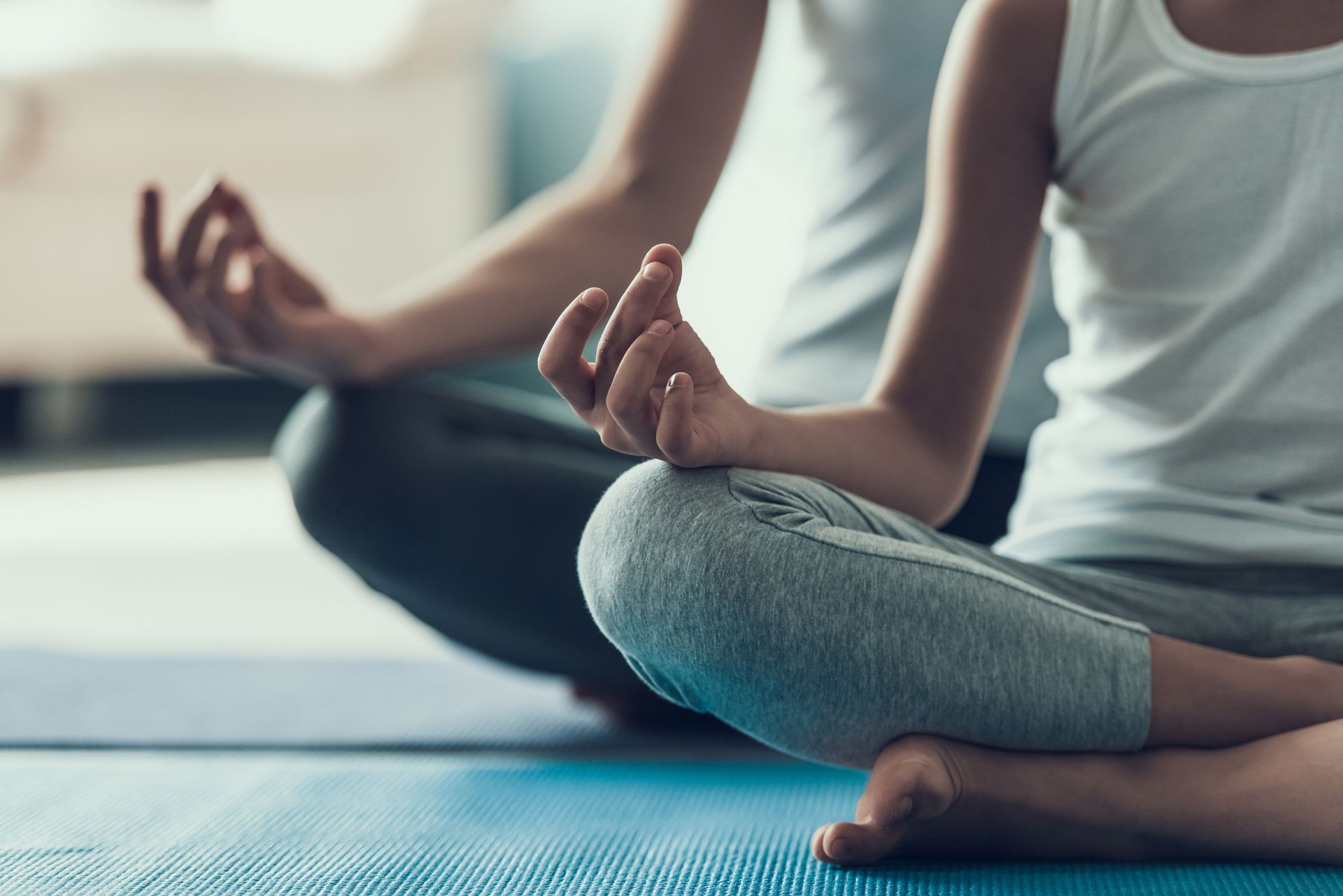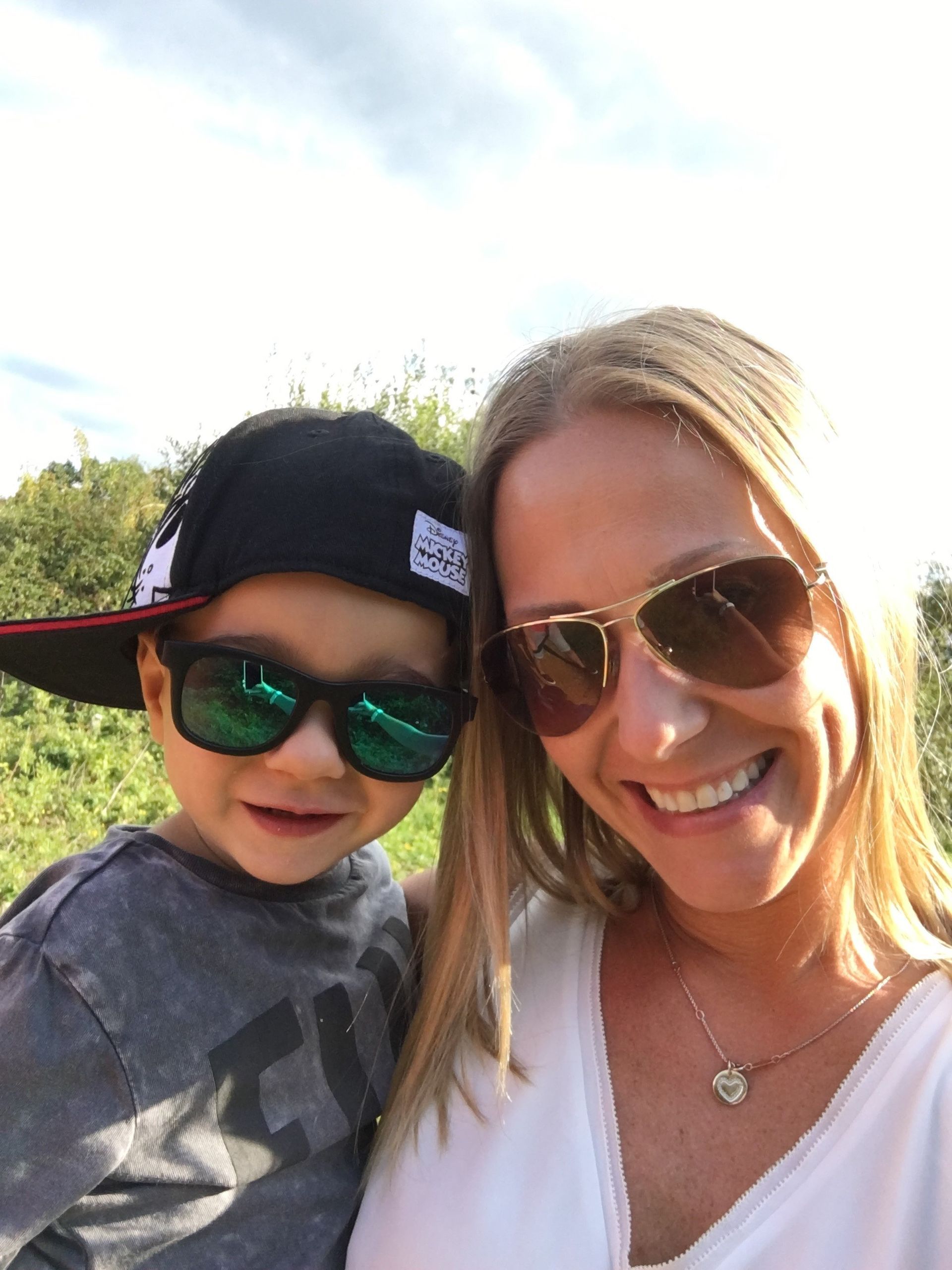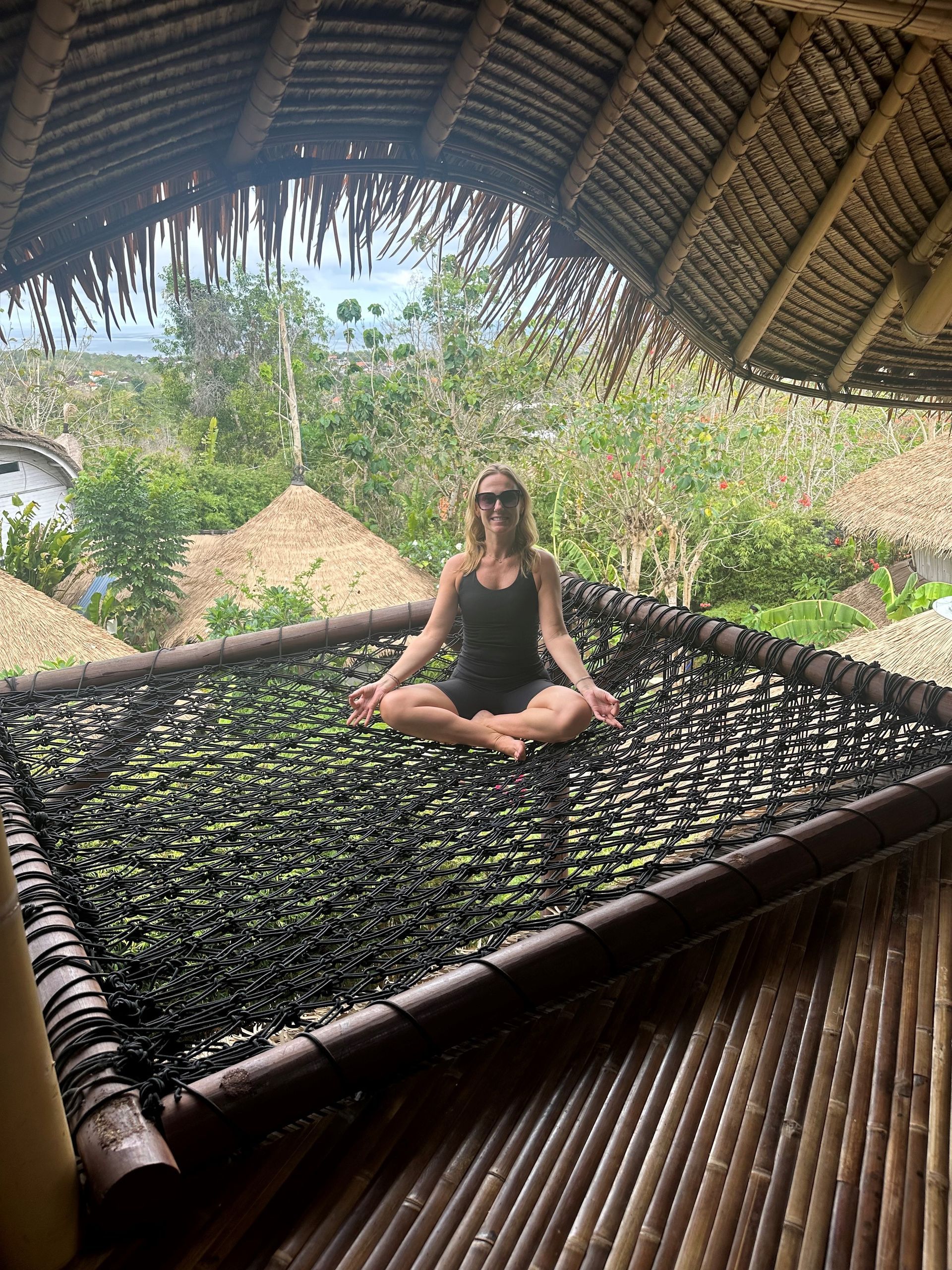Cultivating Self-Compassion and Kindness: A Journey to Inner Peace
Yoga is more than just movement - it’s a practice of self-awareness, emotional regulation, and self-compassion. For neurodiverse children, who often navigate a world that doesn’t always accommodate their unique ways of thinking and feeling, yoga can be a powerful tool for cultivating kindness toward themselves and others.
Neurodiverse children often experience heightened stress, sensory overload, or challenges with self-regulation. By incorporating self-compassion and kindness into yoga practices tailored for neurodiverse learners, we can help them build confidence, emotional resilience, and a sense of belonging.
Why Self-Compassion Matters for Neurodiverse Children
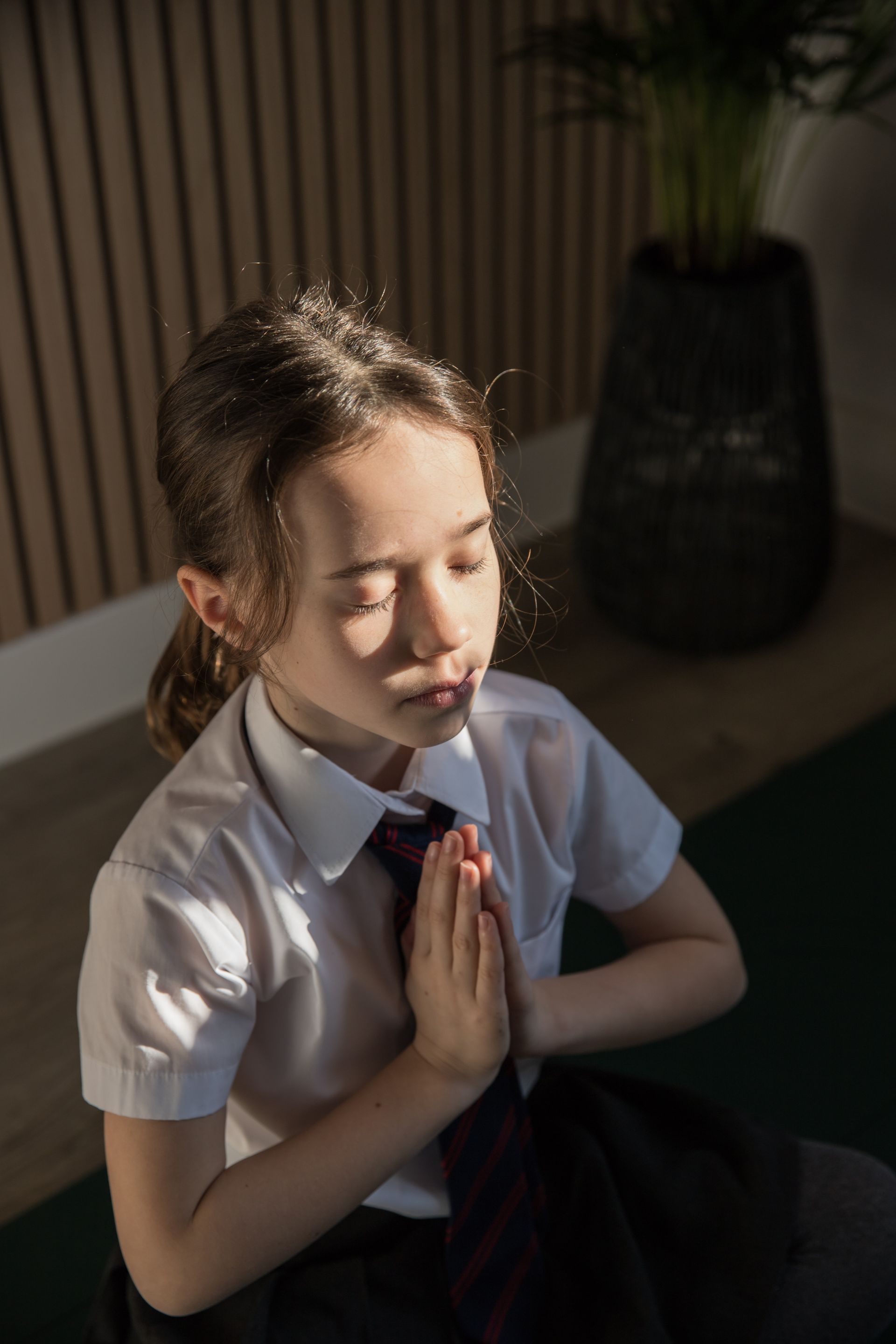
Self-compassion is the practice of treating oneself with kindness, understanding, and patience - especially in difficult moments. For neurodiverse children, who may face frequent frustration due to misunderstandings, sensory challenges, or difficulty with traditional learning models, self-compassion is crucial.
When neurodiverse children learn self-compassion, they develop:
• Emotional regulation: The ability to recognise and manage emotions with self-kindness rather than self-criticism.
• Confidence: A sense of self-worth, even when they struggle or make mistakes.
• Resilience: The ability to bounce back from challenges without feeling defeated.
By integrating self-compassion into yoga, we offer neurodiverse children a safe space to explore movement, emotions, and self-acceptance.
Adapting Yoga for Neurodiverse Children
Yoga is not a one-size-fits-all practice, and neurodiverse children often benefit from individualised approaches that honour their sensory needs, attention spans, and communication styles. Here are some ways to make yoga accessible and meaningful for neurodiverse learners:
1. Create a Predictable and Safe Space

Many neurodiverse children thrive on routine. Starting each session with a familiar structure - such as a greeting, breathwork, movement, and relaxation - can help them feel secure. Using visual schedules, timers, or clear verbal cues also provides predictability.
2. Emphasise Sensory-Friendly Yoga Practices
Some children may be highly sensitive to touch, sound, or movement, while others may seek sensory stimulation. Consider offering:
• Soft lighting and calming music for children who are sensitive to bright environments.
• Weighted blankets or grounding poses like Child’s Pose to provide deep pressure and comfort.
• Movement-based poses like Butterfly or Rocking Horse for children who crave vestibular input.
3. Introduce Self-Compassion Through Breathwork
Breathing exercises help children regulate their emotions and practice self-kindness. Some easy techniques include:
• “Hug Breath”: Inhale deeply while giving yourself a gentle hug, then exhale slowly, releasing tension.
• “Bumblebee Breath”: Humming on the exhale to create a calming vibration.
• “Balloon Breathing”: Pretending to inflate a balloon with deep inhales and slow exhales.
4. Use Positive Affirmations and Gentle Encouragement
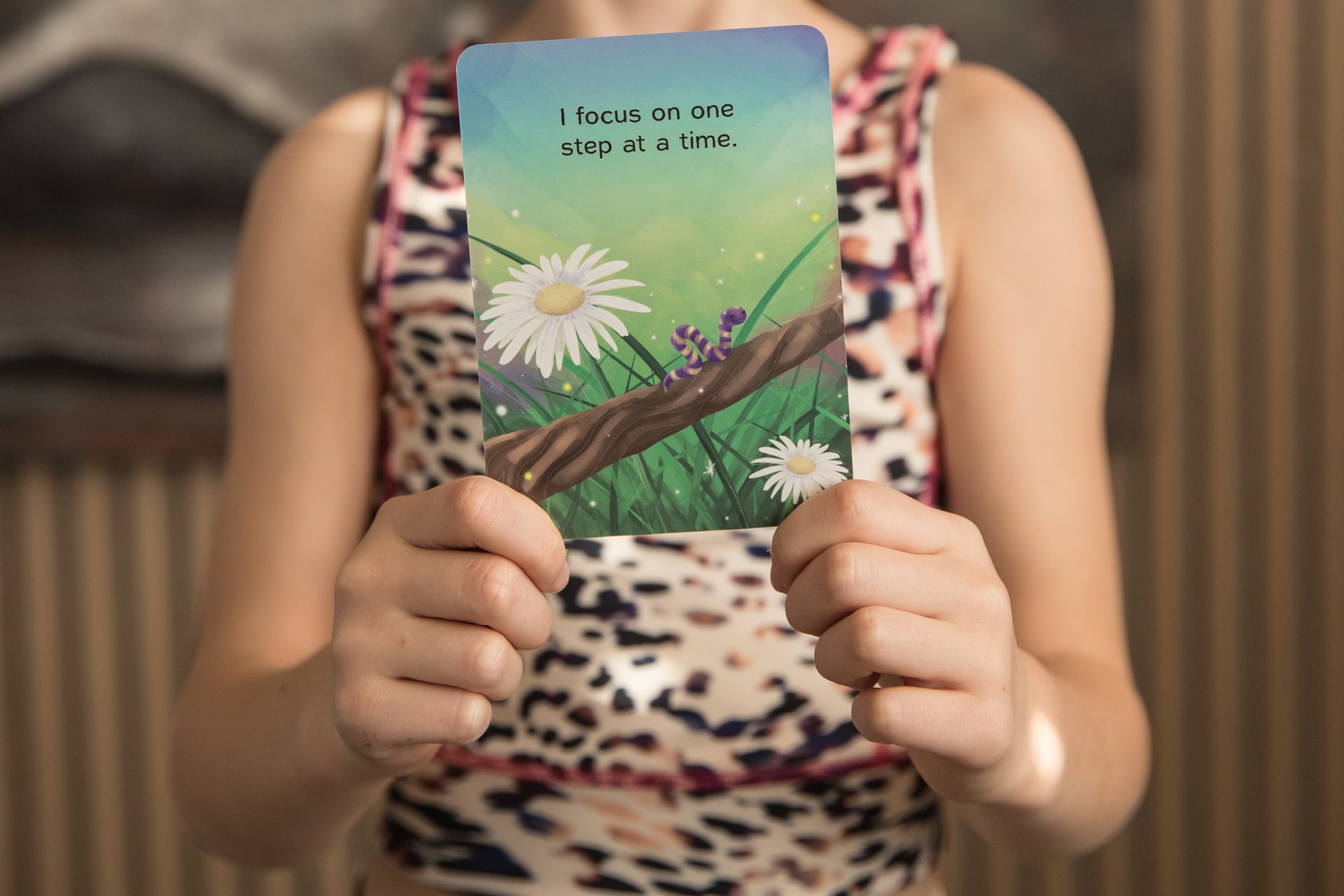
Neurodiverse children may struggle with self-doubt or frustration when things don’t go as expected. Encouraging self-compassion through affirmation cards can help shift their mindset. Try incorporating:
• “It’s okay to make mistakes.”
• “I am doing my best, and that is enough.”
• “I am kind to myself and others.”
Repeating these affirmations during yoga can help reframe challenges as opportunities for growth.
5. Offer Choice and Autonomy
Many neurodiverse children feel overwhelmed when they don’t have control over their environment. Allowing them to choose poses, decide how long to hold a stretch, or opt-out when needed fosters self-trust and confidence.
Instead of rigidly guiding them, try saying:
• “Would you like to try this pose or another one you love?”
• “You can stretch as big or as small as feels good to you.”
• “Let’s listen to our bodies and do what feels right today.”
This approach helps children develop self-awareness while feeling respected and supported.
6. Encourage Connection Without Pressure
For some neurodiverse children, social interaction can be challenging. Yoga offers a space for connection without forced participation. Group poses, partner breathing, or simple mirroring exercises can build a sense of community while respecting each child’s comfort level.
For children who prefer individual practice, simply being in a shared space where kindness and acceptance are modelled can be enough to foster connection.
The Lasting Impact of Yoga for Neurodiverse Children
When neurodiverse children engage in yoga that prioritises self-compassion and kindness, they develop skills that extend far beyond the mat. They learn to navigate their emotions with patience, to embrace their unique strengths, and to approach themselves with love rather than self-judgment.
As educators, parents, and caregivers, we have the opportunity to create a world where neurodiverse children feel valued, understood, and empowered. Through yoga, we can offer them not just movement, but a lifelong practice of self-acceptance and kindness.
Namaste x
